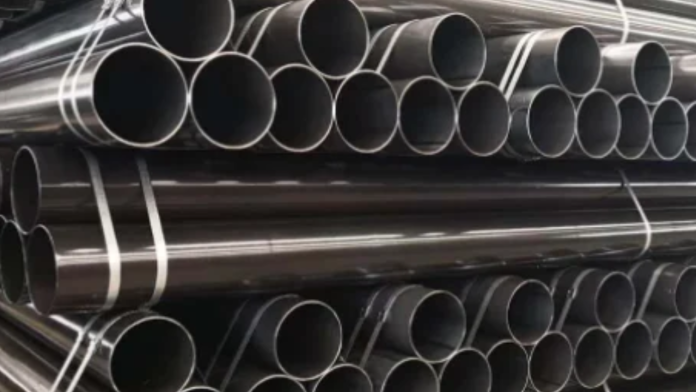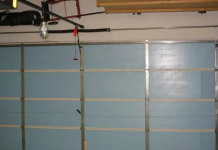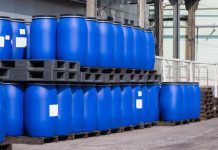Strategies like cutting and welding are essential, permitting raw steel fabric to be formed and joined consistently. Cutting strategies such as sawing, plasma cutting, and laser cutting empower exact measuring, whereas welding methods like gas metal bend welding (GMAW) and protected metal bend welding (SMAW) guarantee solid and solid associations.
Also, twisting strategies like hot twisting and cold bowing give adaptability in making bent or calculated setups. Coating and wrapping up forms like galvanizing and portraying improve the pipes’ strength and aesthetics. Each strategy in steel pipe fabrication contributes to creating channels that meet rigid quality guidelines and venture determinations, guaranteeing unwavering quality and execution in different applications over businesses.
Exploring Key Techniques in Steel Pipe Fabrication
Steel pipe creation includes an assortment of methods aimed at forming, gathering, and wrapping up steel pipes to meet particular extended necessities. These strategies include an extension of forms, from cutting and welding to bowing and coating. Below, we investigate a few of the key procedures utilized in steel pipe manufacture:
Cutting
Cutting is the introductory step in steel pipe creation, where crude steel fabric is formed into wanted lengths. Utilizing saw edges to cut through steel pipes, either physically or with robotized apparatus. Employing a high-velocity fly of ionized gas to soften and disjoin steel material, permitting exact and effective cutting. Utilizing laser pillars to warm and vaporize steel material, accomplishing exceedingly exact cuts with negligible heat-affected zones.
Welding
Welding may be a basic handle in steel pipe manufacture, where two or more steel components are joined together for all time. Moreover known as MIG welding, this strategy uses a consumable wire terminal and protecting gas to form solid welds. Moreover known as TIG welding, this strategy uses a non-consumable tungsten cathode and dormant gas shield to create exact and high-quality welds. Commonly known as adhere welding, this preparation uses a flux-coated cathode to produce a circular segment and shape welds.
Twisting
Bowing is utilized to shape steel channels into bent or calculated setups, permitting the creation of customized pipe formats. Warming steel channels to high temperatures and applying outside drive to attain craved twists. Using mechanical gear to twist steel channels at encompassing temperatures, is regularly reasonable for smaller distances across pipes and less serious twists.
Shaping
Shaping forms are utilized to control the shape and measurements of steel channels, frequently to make specialized fittings or components. Passing steel strips through sets of rollers to continuously shape them into round and hollow pipes. Utilizing water-powered weight to shape steel pipes against a pass-on, permitting for complex and exact shaping of components.
Coating and Wrapping up
Coating and wrapping up forms are connected to steel channels to improve their solidness, erosion resistance, and stylish appearance. Drenching steel pipes in liquid zinc to form a defensive zinc coating that avoids erosion. Applying layers of paint or defensive coatings to steel channels to progress aesthetics and give erosion resistance. Electrostatically applying dry powder to steel pipes and curing them to create a strong and alluring wrap-up.
Quality Control
All through the creation preparation, thorough quality control measures are executed to guarantee that created steel pipes meet indicated benchmarks and prerequisites. Non-destructive testing procedures such as ultrasonic testing, radiographic testing, and attractive molecule assessment may be utilized to identify absconds and confirm weld quality.
Last Wording
In conclusion, steel pipe manufacture includes an assorted run of strategies aimed at forming, collecting, and wrapping up steel pipes to meet particular necessities. From cutting and welding to twisting and coating, each strategy plays a pivotal part in making strong and dependable steel pipe frameworks for different applications over businesses. By utilizing progressed creation strategies and following to strict quality control standards, fabricators can deliver high-quality steel pipes that meet the requirements of their clients and withstand the rigors of requesting situations.










